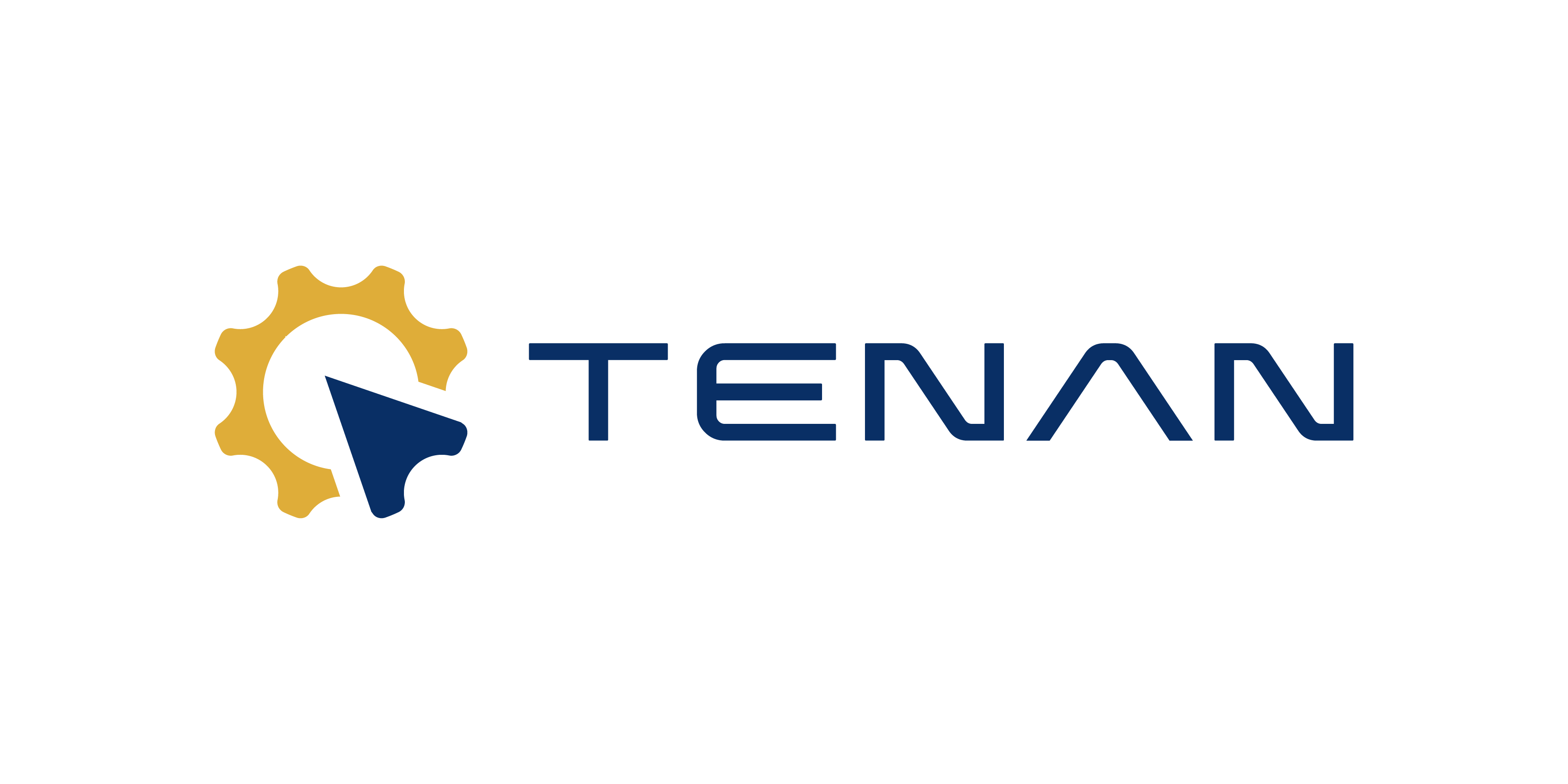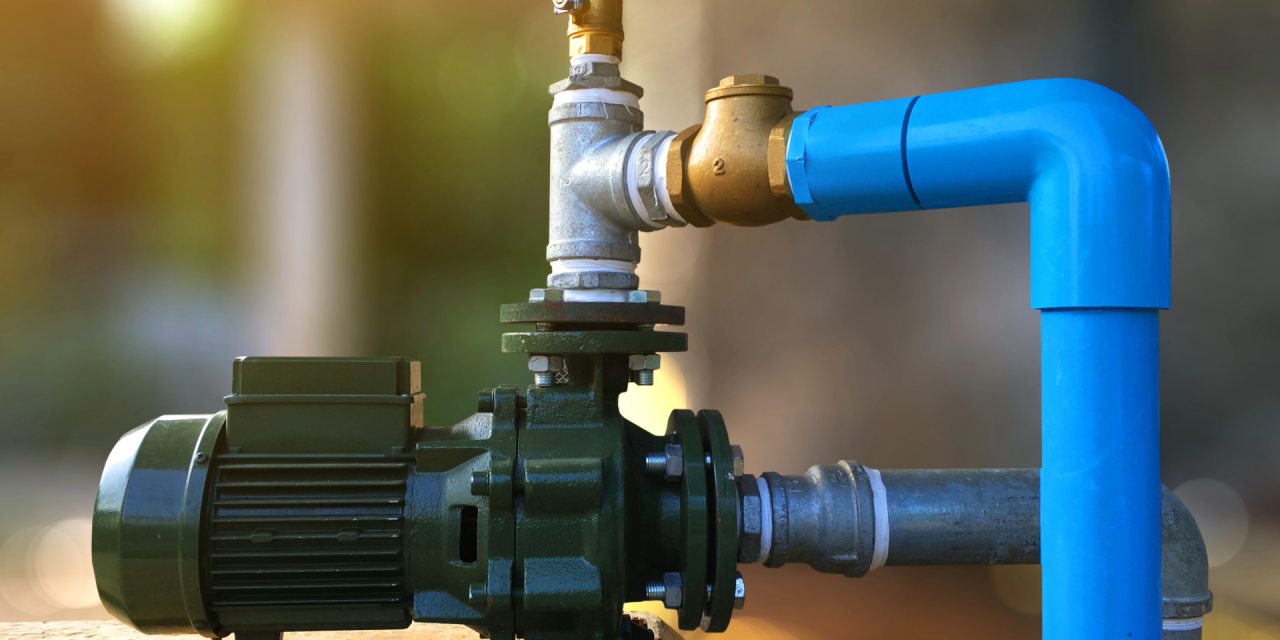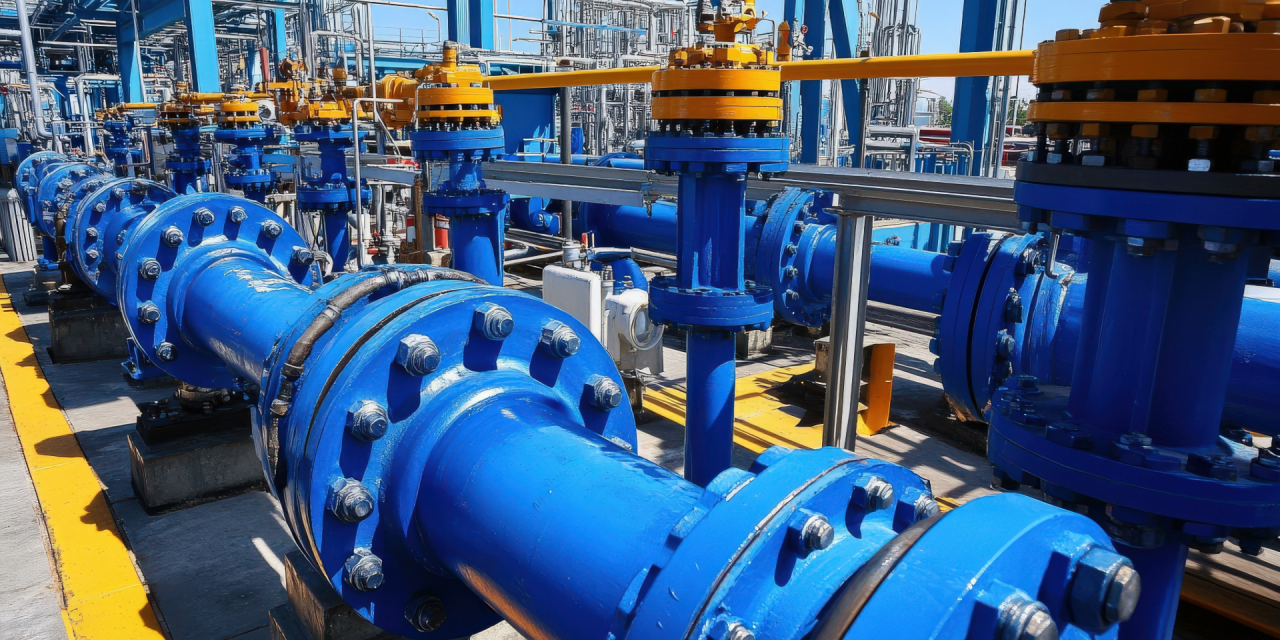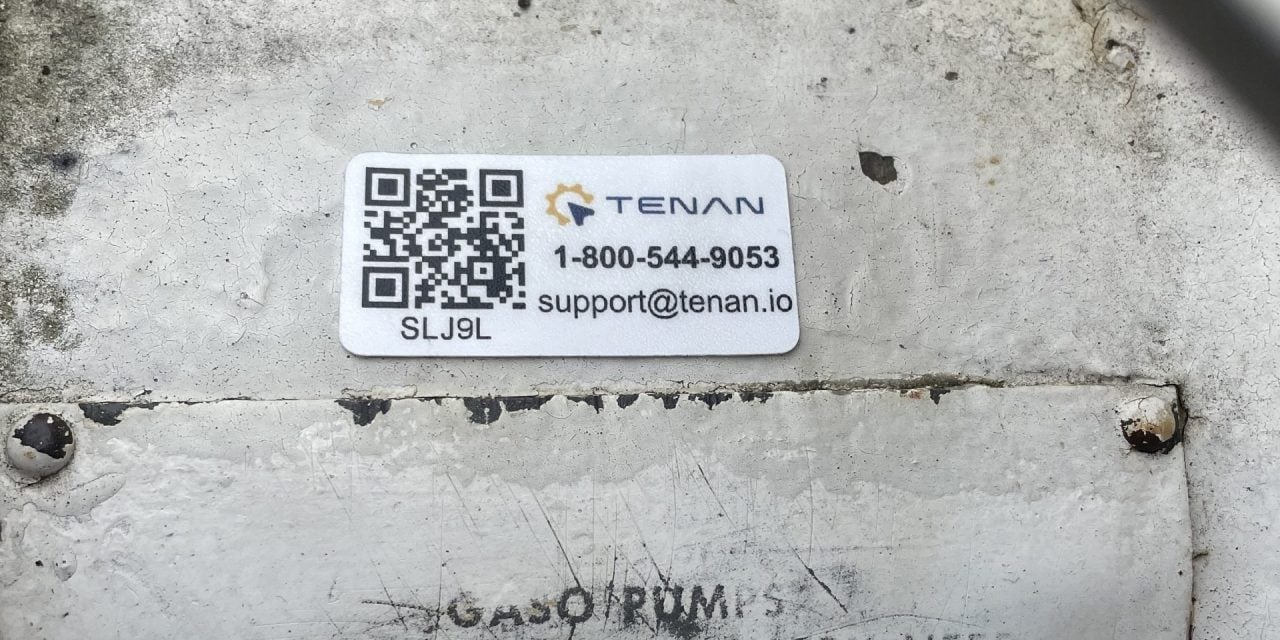
Asset ManagementFour Ways to Drive Efficiency with Modern Asset Management
Four Ways to Drive Efficiency with Modern Asset Management In today’s fast-paced facility environments, efficiency isn’t just a goal—it’s a necessity. Modern asset management tools and strategies empower facility managers to streamline operations, reduce costs, and improve service delivery. Here are four impactful ways to drive efficiency using modern asset management: 1. Real-Time Asset Tracking What it means:Modern systems use QR codes, RFID tags, and IoT sensors to track assets in real time. Efficiency gains: Eliminate manual inventory checks Quickly locate equipment across multiple sites Reduce asset loss and duplication Enable faster decision-making with live data 2. Automated Maintenance Scheduling What it means:Automated systems schedule preventive and predictive maintenance based on usage patterns and sensor data. Efficiency gains: Minimize unplanned downtime Extend asset lifespan Reduce emergency repair costs Ensure compliance with maintenance standards 3. Centralized Data and Reporting What it means:Modern platforms consolidate asset data into a single dashboard, accessible from anywhere. Efficiency gains: Simplify reporting and audits Improve cross-department collaboration Enable data-driven budgeting and planning Identify trends and performance gaps quickly 4. Mobile Access and Field Integration What it means:Technicians and managers can access asset data, log maintenance, and update records via mobile devices. Efficiency gains: Reduce paperwork and manual entry Speed up service response times Improve accuracy of field data Empower teams with instant access to asset history Final Thoughts Modern asset management isn’t just about technology—it’s about empowering teams to work smarter. By embracing these four strategies, facility managers can unlock new levels of efficiency, reliability, and control across their operations.





